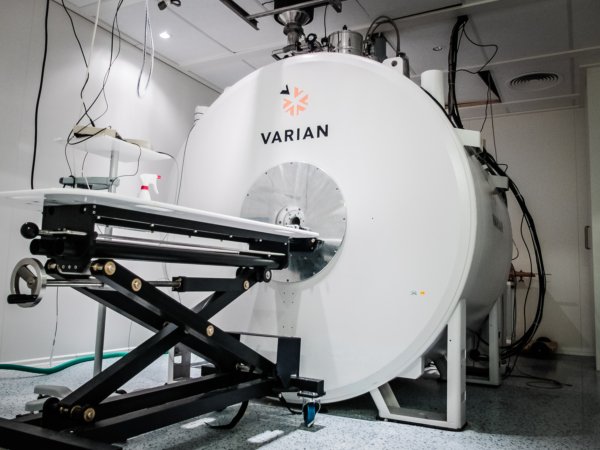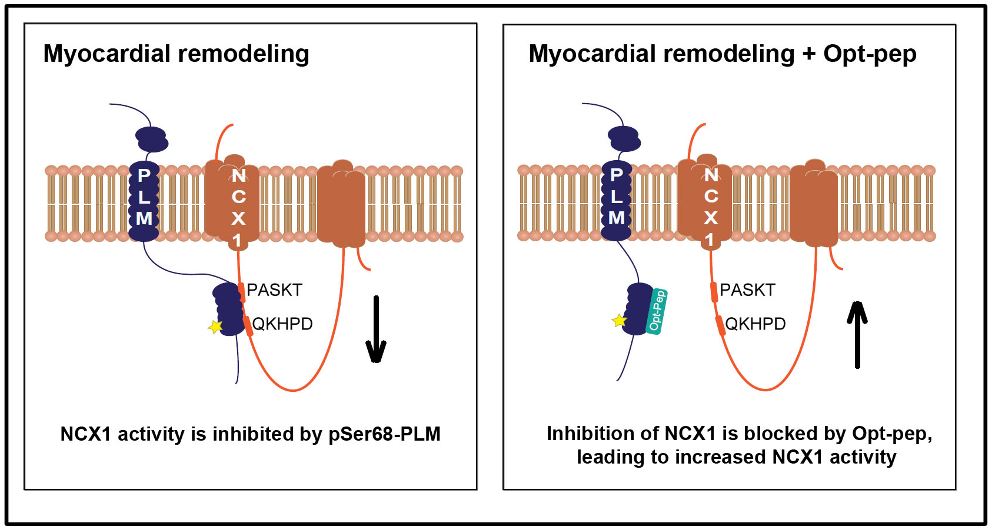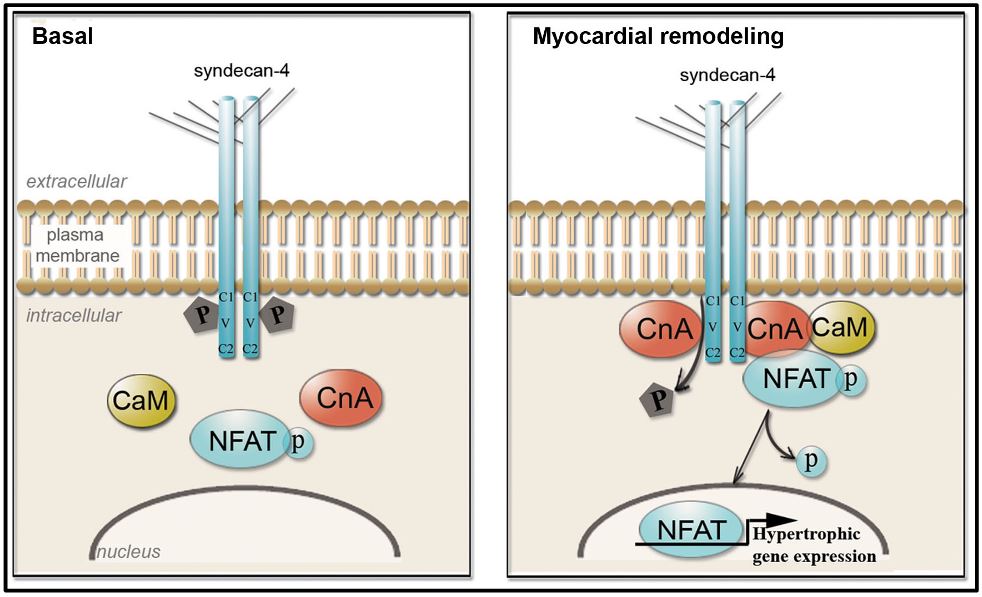Cine cardiac imaging is the primary technique by which cardiovascular magnetic resonance (CMR) imaging characterizes regional and global contractile function of the heart and resulting blood flow through the great vessels. It has evolved to be the gold standard in both clinical and preclinical cases to assess heart structure and function.
The standard method to acquire Cine is slice by slice in short axis view, but it is time consuming. Our lab has developed fast imaging technique, which speeds up to 8 x. (McGinley et al., 2019)
This is a centered text module, best used further down on the page and not as the first module below the header.
Add images and headers to create pauses and breathing room in longer texts. You can even add them to this text block if needed.
This module works really well on longer texts, however best practice would be to have at least 800 characters for the block to be properly balanced. This text block contains 957.



